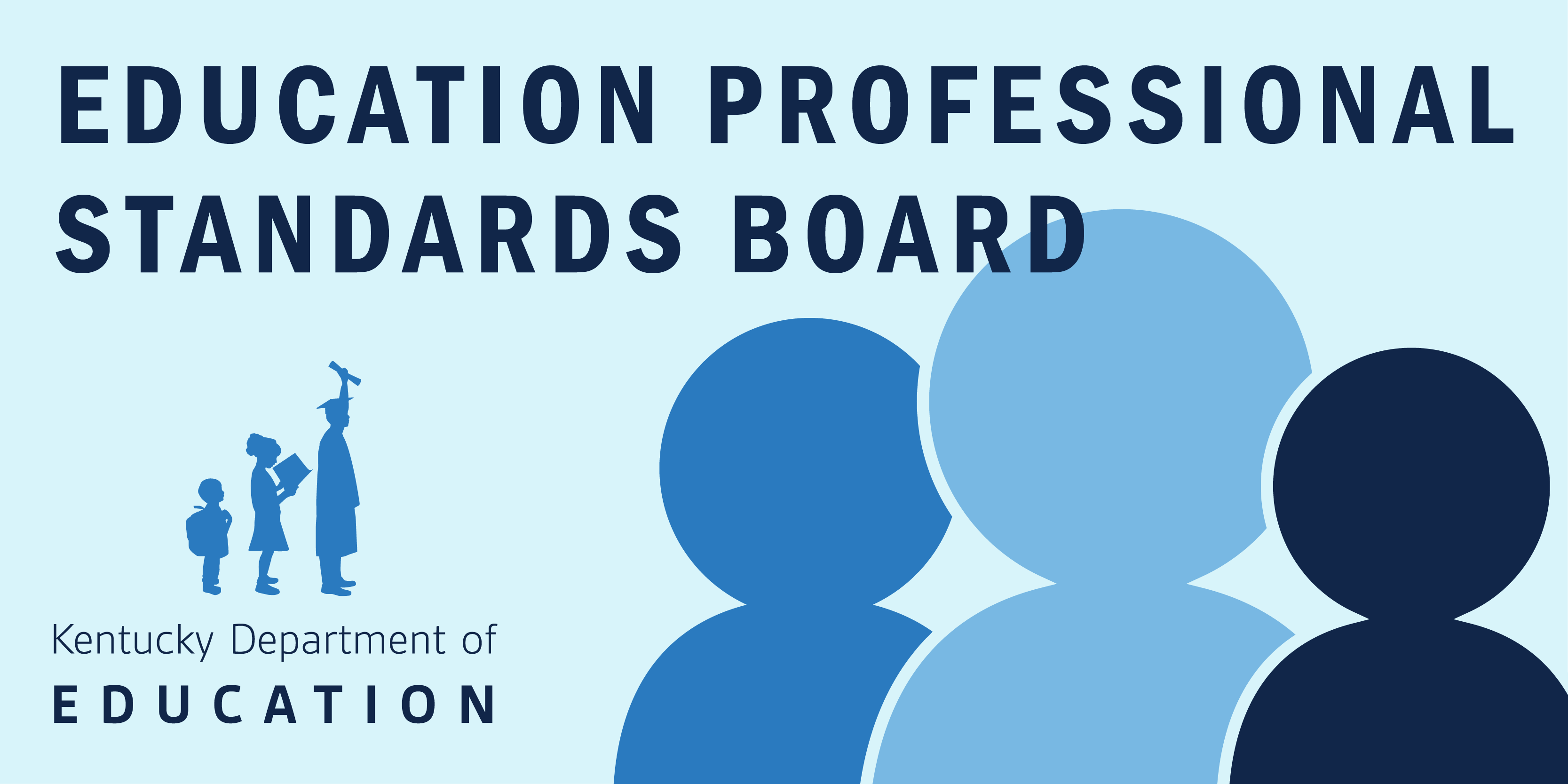Kentucky is among the top states in the country when it comes to policies that promote college readiness and success among its students, according to a report released Wednesday by the Education Commission of the States (ECS).
The Blueprint for College Readiness features the first-of-its-kind analysis of the top 10 K-12 and higher education policies in the following areas:
- High school: College readiness standards, college readiness assessments, graduation requirements and accountability
- Higher education: Statewide admission standards, statewide remedial and placement policies, transfer and accountability
- Bridge: Statewide college and career readiness definition, and a data pipeline and process for reporting
Kentucky has implemented nine of the 10 policies the report calls critical to college readiness and success. The average among all states is six. Only Indiana and Georgia have all 10 policies in place.
“Senate Bill 1 (2009) set the expectation of readiness for all students – from cradle to college and career,” said Commissioner Terry Holliday. “Thanks to the hard work of teachers and our many education partners over the past five years, our students today are benefiting from that vision.”
Specifically, the report says Kentucky “has emerged as a national leader for its comprehensive approach to implementing the Common Core State Standards” in English/language arts and mathematics and developing an accountability system with the end goal in mind – college and career-readiness for all students. According to the report, “that sends a strong message to students, schools and communities.”
The Blueprint for College Readiness also recognized the state for the collaborative efforts of K-12 and higher education to create an education system aligned with college coursework and assessments.
“We have a deep commitment to working together,” said Bob King, president of the Kentucky Council on Postsecondary Education. “Commissioner Holliday welcomes the help, and our campus presidents and provosts see the value in working collaboratively with K-12. We are all seeing better results for students.”
In addition to the analysis of the top 10 education policies, the report provides profiles for each of the 50 states that allow education leaders to easily evaluate where strengths and opportunities exist.
The report was somewhat critical that foreign language courses required for college admission were not included in the state’s minimum high school graduation requirements. Foreign language is required for high school graduates planning to go to college. The state is working toward all students graduating with global competencies in language and world cultures.
The report also suggested a competency-based education model to create multiple pathways and expanded access to postsecondary education for more students. The early graduation program, implemented this school year, does just that; other competency-based models are being piloted in several of the state’s Districts of Innovation.
The one policy that Kentucky does not have in place that the report deemed important was a performance-funding model for postsecondary accountability.
“We are currently working with all of our campuses to develop a funding distribution model that links funding to campus performance,” King said. “We expect to have a model ready to present to our legislature and governor next spring.”
Kentucky Chamber of Commerce President Dave Adkisson was pleased to see the state recognized for its efforts, especially in the area of more rigorous standards.
“Kentucky’s adoption of tougher academic standards was an important step toward ensuring students are prepared to succeed in college and career,” Adkisson said. “We cannot afford to step away from those standards and the opportunity they offer to create a world-class education system. That is exactly what Kentucky needs to give our students the strongest possible foundation for meeting those challenges and succeeding in life and work.”
The Blueprint for College Readiness includes an online database to provide guidance and support as state leaders consider ways to improve students’ success and the transition from high school into postsecondary education.



Leave A Comment